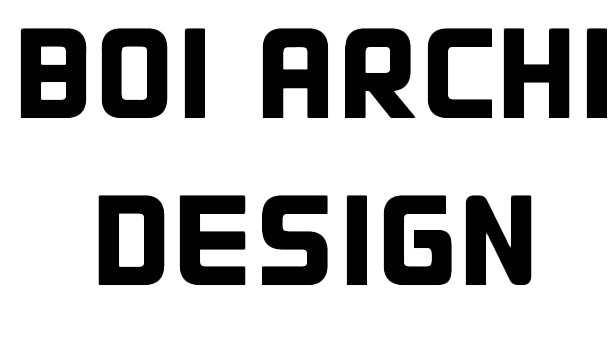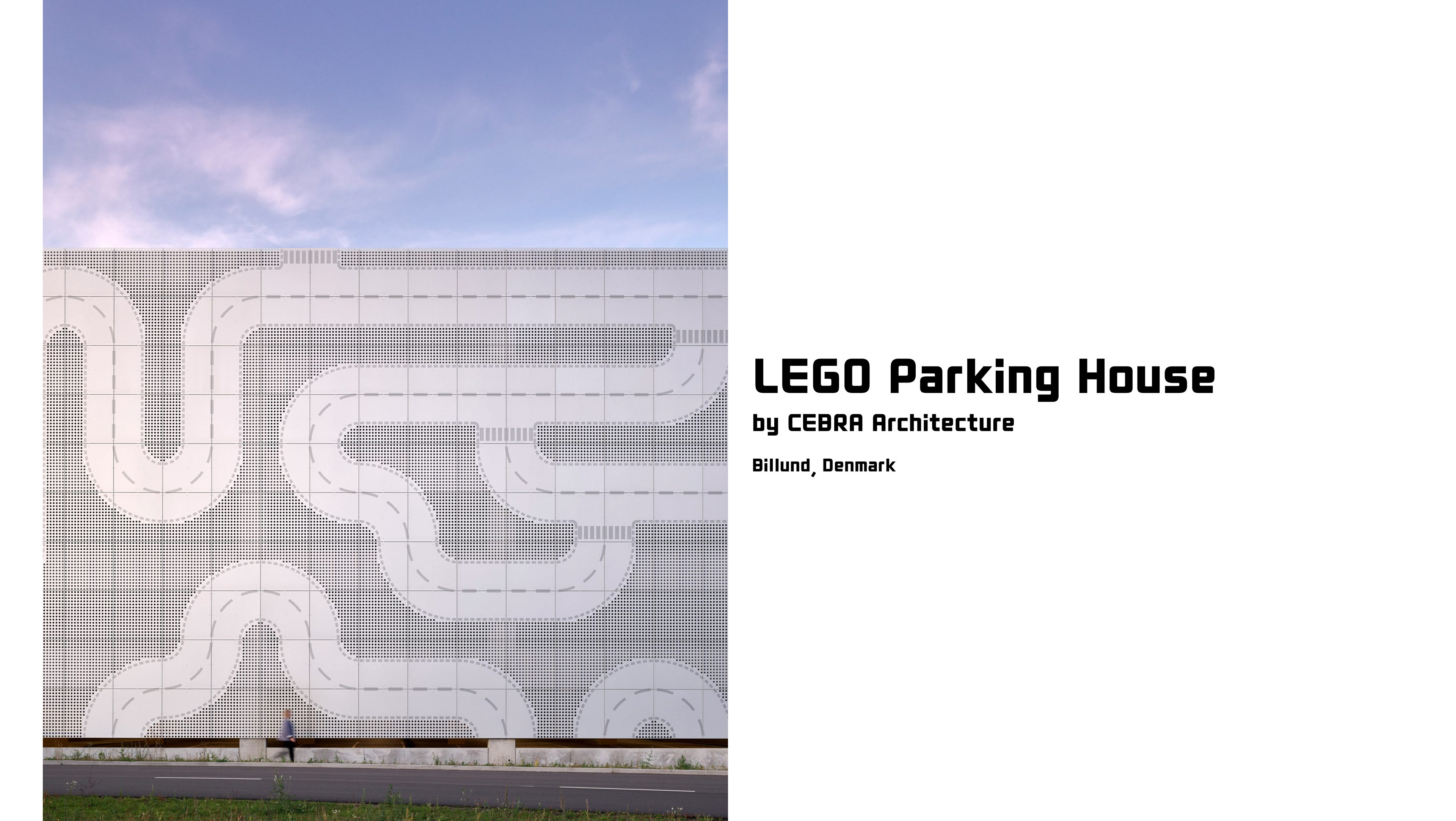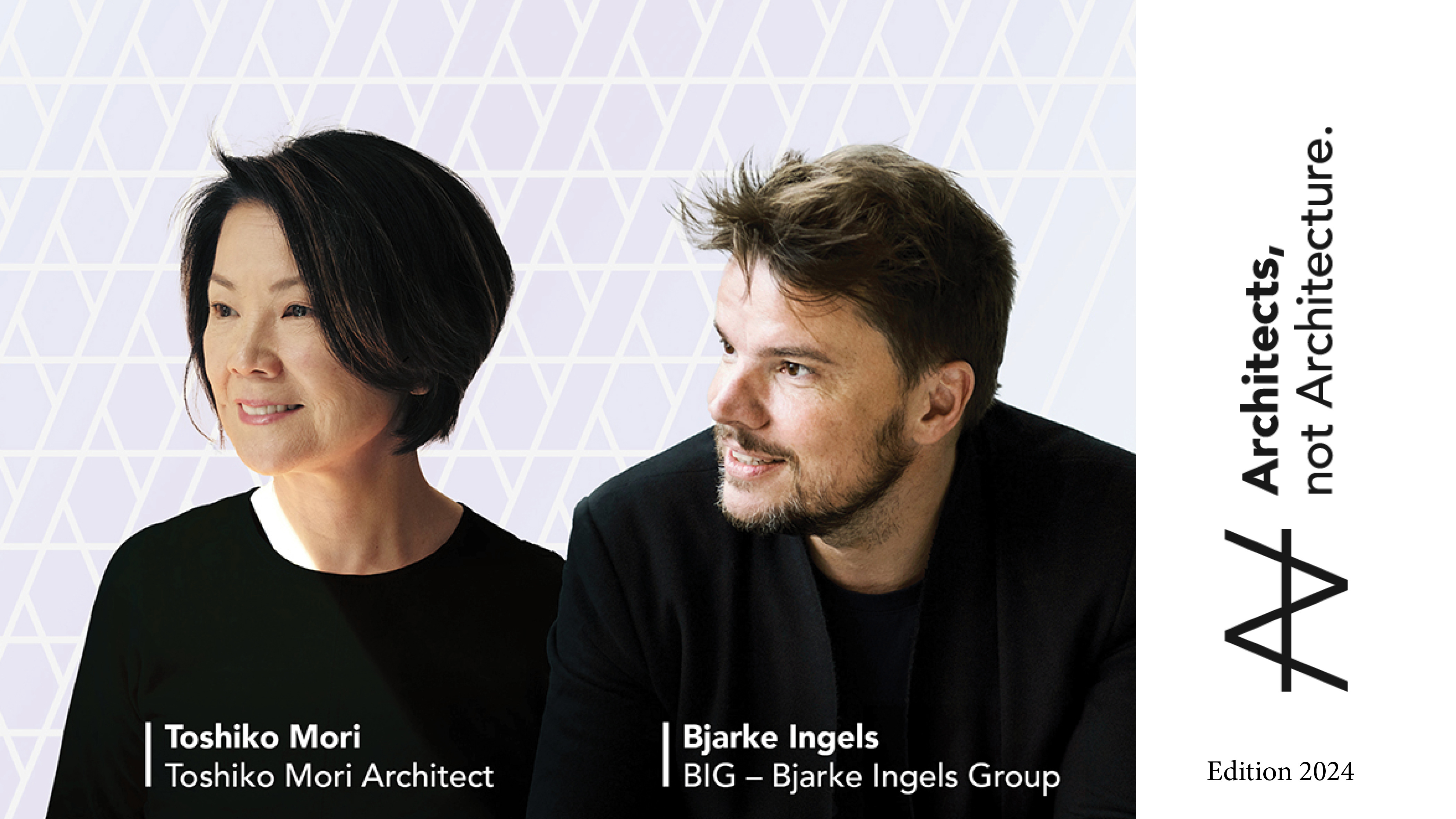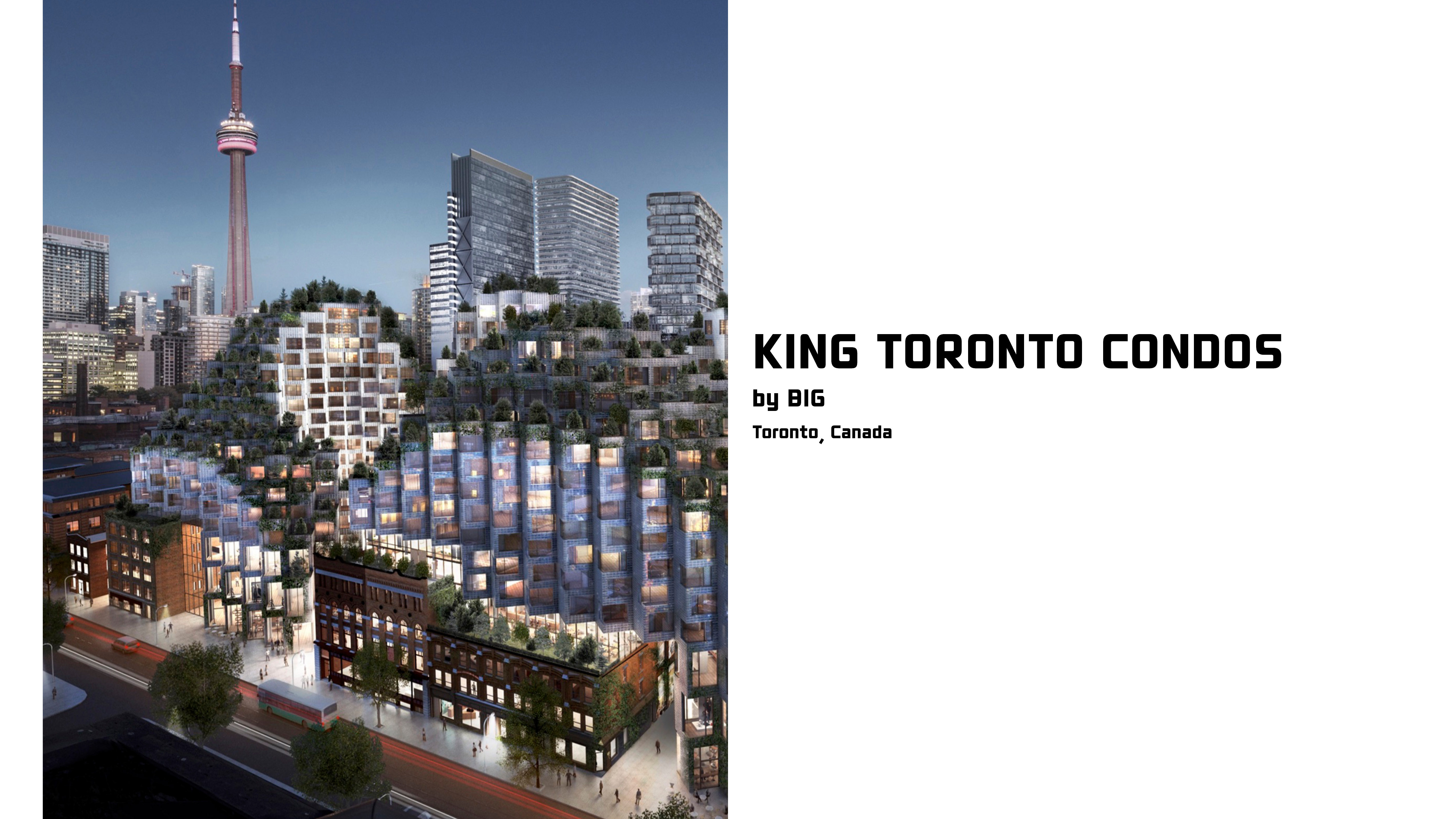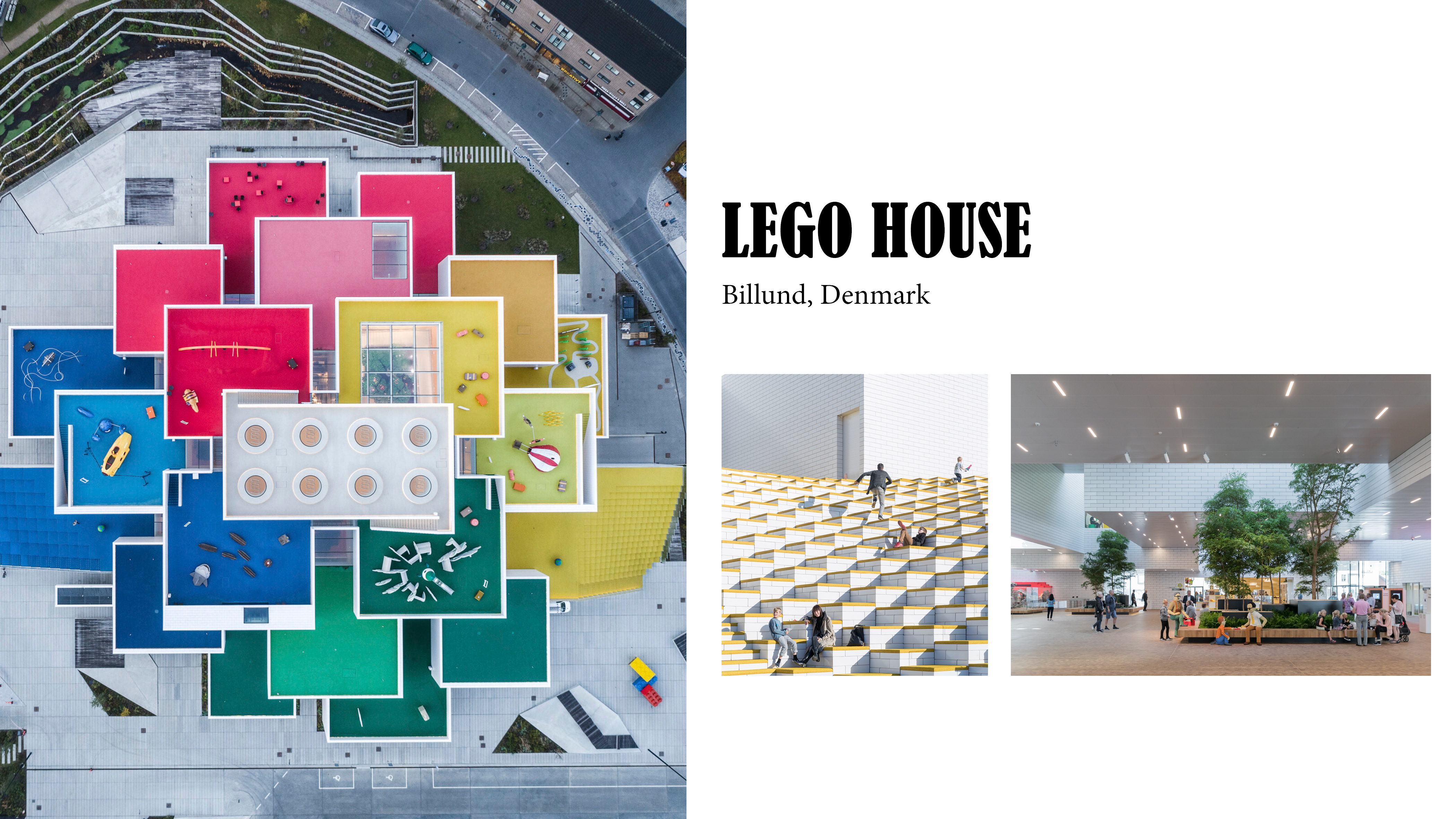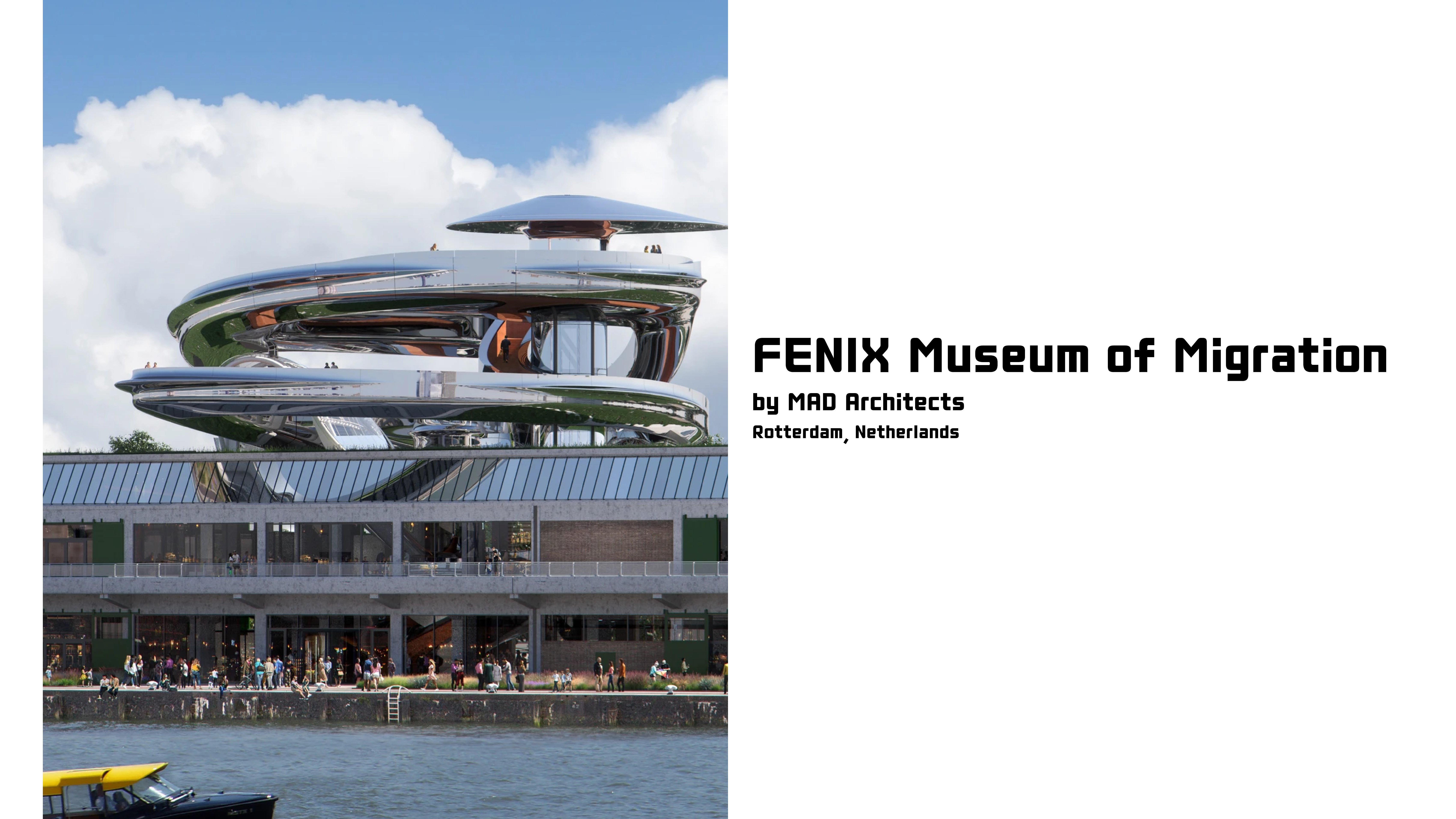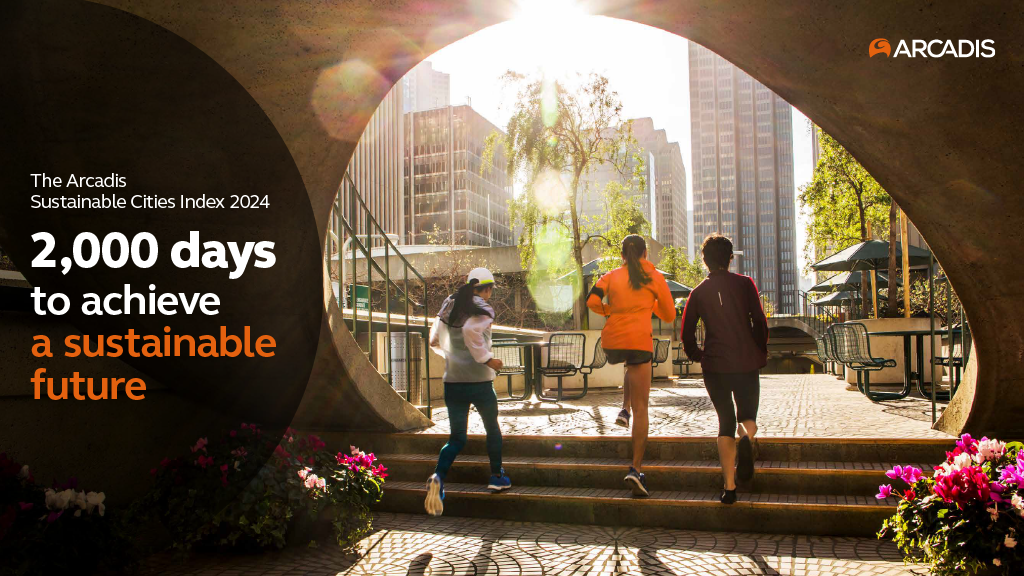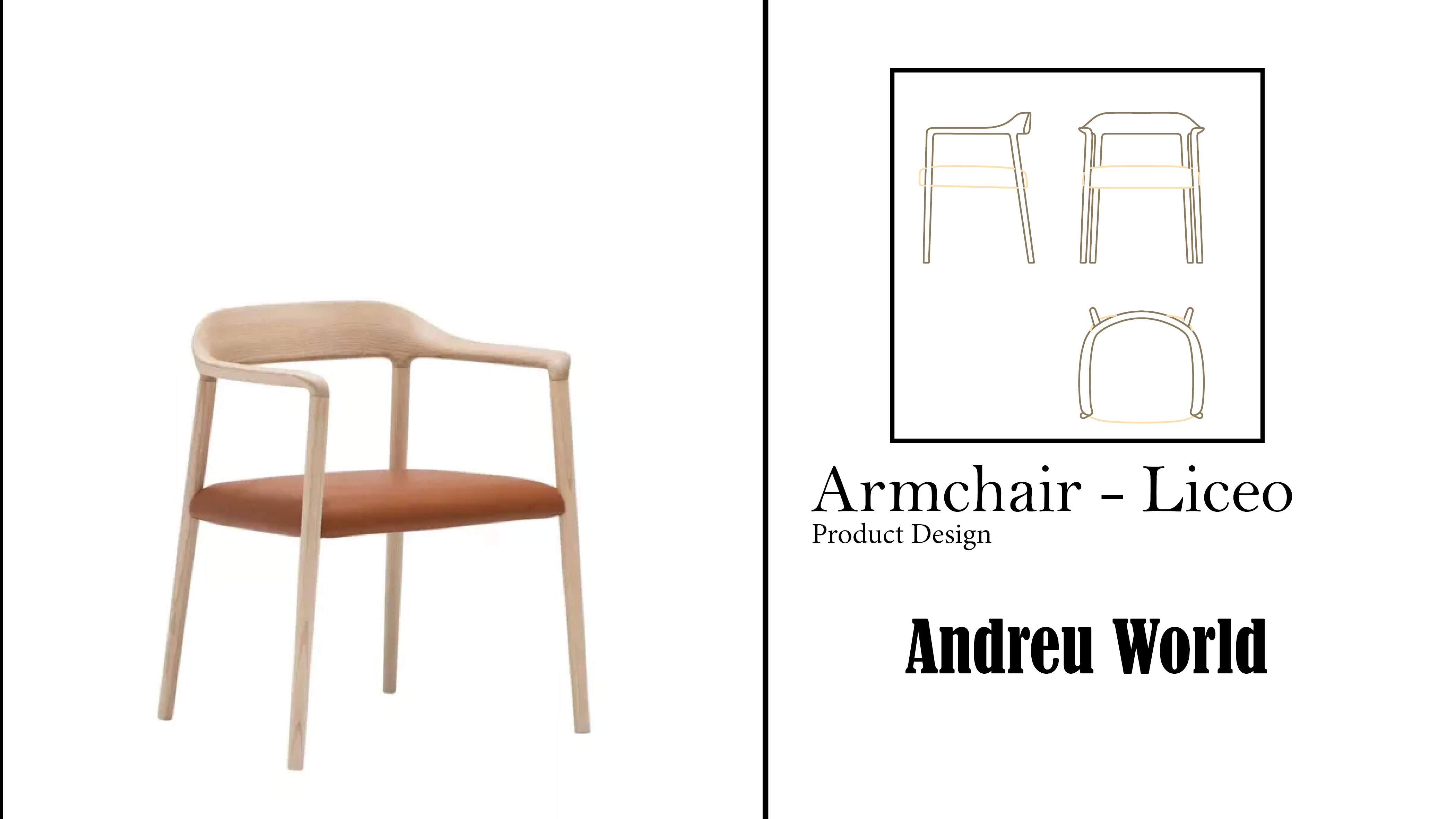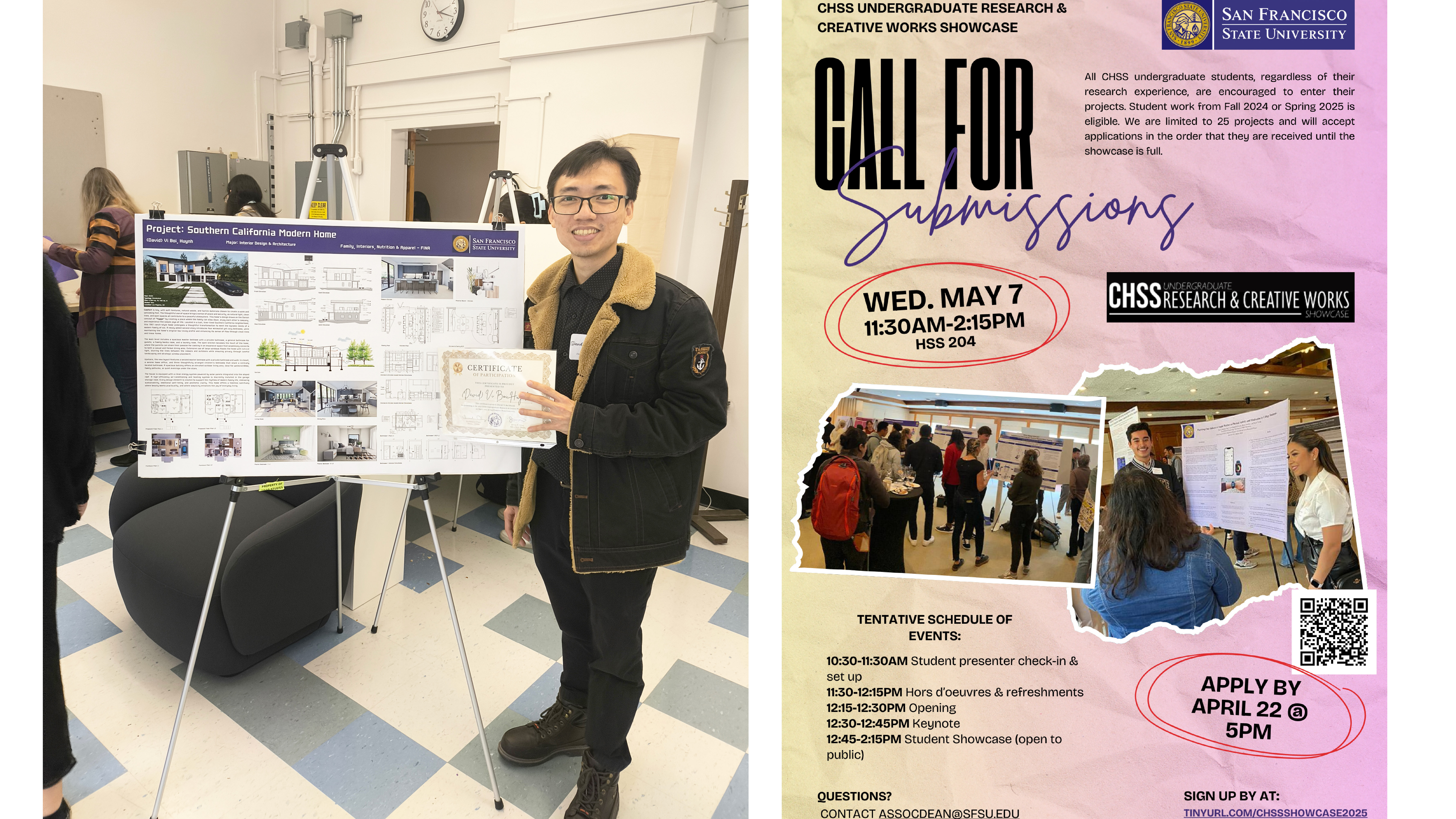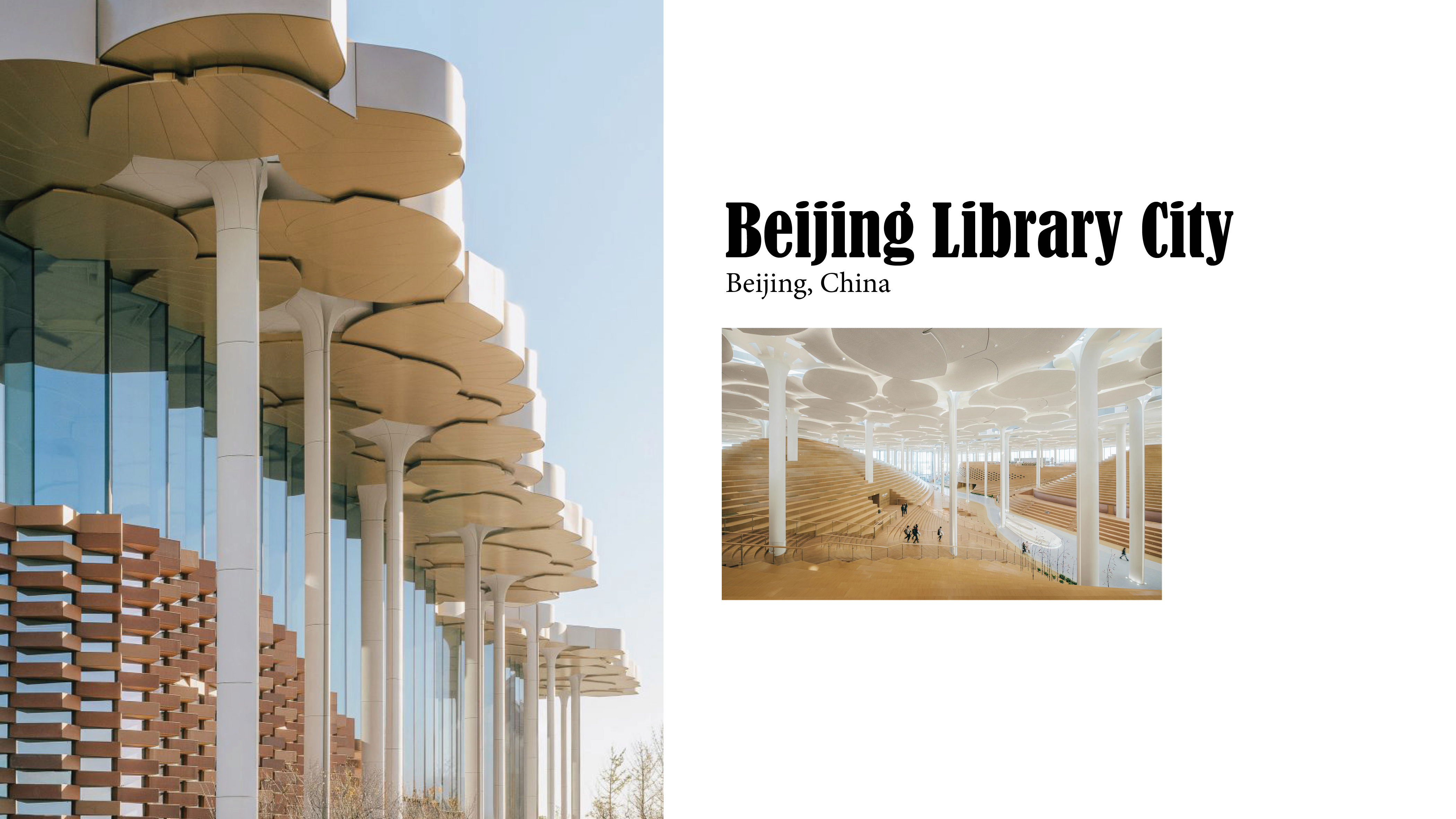Location: Rotterdam, Netherlands
July. 22. 2025
Reviewed by David Vi Boi Huynh, BOI ARCHI DESIGN
1. What “Form” Did MVRDV Give to Depot Boijmans Van Beuningen?
MVRDV gave the Depot an iconic, mirrored, bowl-shaped form, a perfect circle in plan that flares outward before gently tapering back at the base. The fully reflective façade makes the 39.5m-high structure blend into its park surroundings by reflecting the sky, trees, and cityscape, while its concave geometry creates a surprising and engaging presence. At its crown, a lush rooftop forest of 75 birches and 20 pines caps the building with life and public access.
2. How Did They Give This Form?
MVRDV designed the form as a symbolic gesture of openness and accessibility: unlike traditional museum depots, which are closed and hidden, this one is a public experience in itself. The circular shape minimizes footprint, preserves park views, and distributes load efficiently on the constrained site. The reflective façade is achieved with 1,664 curved glass panels, each uniquely shaped, creating the illusion of invisibility. The rooftop park integrates a restaurant and 360° views over Rotterdam, completing the concept of a public, transparent storage building.
3. Is It a Good Form for the Museum of the Future?
It radically redefines what a museum storage facility can be. Rather than relegating collections to inaccessible back rooms, the Depot invites visitors into the archive, showcasing over 150,000 works in visible storage. The public circulation paths create a narrative journey, turning storage into a curated visitor experience while doubling as a landmark and public park. It addresses transparency, sustainability, and visitor engagement - key qualities of future-focused museums.
4. Will This Form Continue to Give in the Future?
The Depot’s design is resilient, both conceptually and physically. Its circular plan and rooftop greenery make it adaptable and climate-conscious, while its mirrored façade ensures continued relevance as a canvas for the evolving cityscape. The public nature of its programming positions it as more than just a building; it’s an urban attractor, educational tool, and social hub — roles that will only grow more valuable over time.
5. Conclusion
Depot Boijmans Van Beuningen is a bold, paradigm-shifting work of architecture that blurs the lines between storage, exhibition, and public space. Its mirrored bowl form is at once humble, reflecting its surroundings, and monumental, redefining Rotterdam’s skyline. MVRDV’s vision of an open, accessible archive sets a new standard for museums worldwide, proving that even utilitarian programs can become civic icons when given thoughtful, generous form. It stands as a timeless contribution to the dialogue between culture, city, and environment.
Gallery
